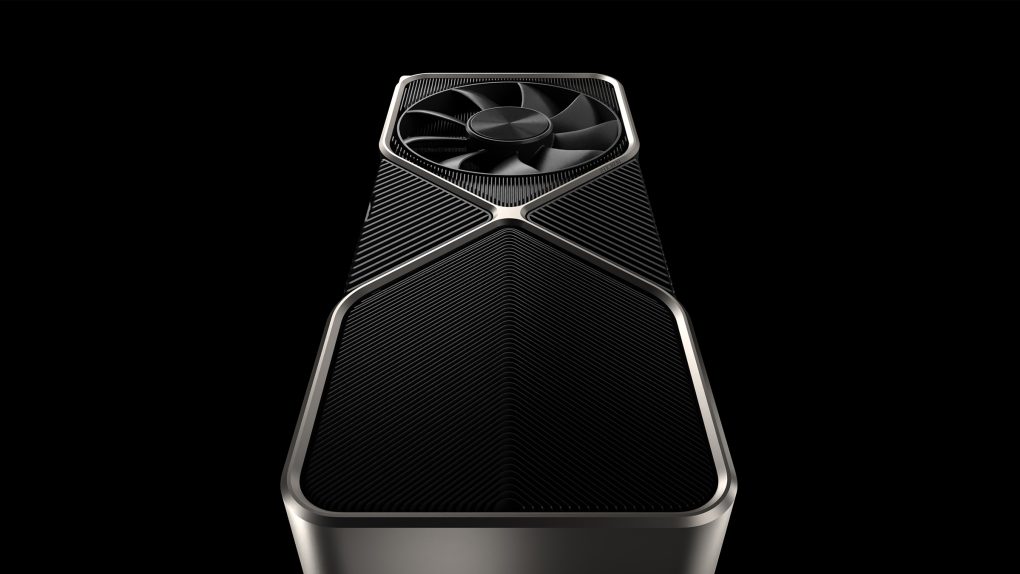Generative AI has become quite the trend over the past year. Not only do we have services like ChatGPT, which lets you input prompts in a chat-like manner, but you can also generate images using AI systems like Midjourney. Now, Nvidia is taking things a step further by enabling generative AI GPU processing on Windows PCs running RTX-based graphics cards.
It’s a momentous moment, to be sure, especially if the AI is able to create better upscaled visuals than those same RTX cards already do. Nvidia has been leaning heavily into AI to help power its massive data centers around the world, and now it wants to bring that same power to personal computers as well.
The new generative AI capabilities build off what Nvidia already offers with DLSS, which essentially uses AI to take a lower-resolution image and upscale it. DLSS has played a huge part in making video games more optimized by allowing people to enjoy higher-resolution images without having to lose out on the performance they might normally cost.
Now, though, the release of RTX Video Super Resolution (VSR) version 1.5 will take the generative AI GPU processing to an entirely new level. VSR greatly improves the quality of any streamed video content by reducing compression artifacts and sharpening the edges around objects, all while enhancing the little details.
The latest version delivers all of that even better, thanks to updated models that make the generative AI GPU processing more precise and efficient. It’s an interesting update that will make RTX cards even more intriguing, and the feature will play heavily with other systems that Nvidia is working on.
Considering how hard Nvidia is leaning into AI, it isn’t surprising to see the company utilizing it more in-depth to deliver smoother and crisper visuals to its consumers. If you haven’t upgraded to an RTX card yet, now might be a good time to think about upgrading.








